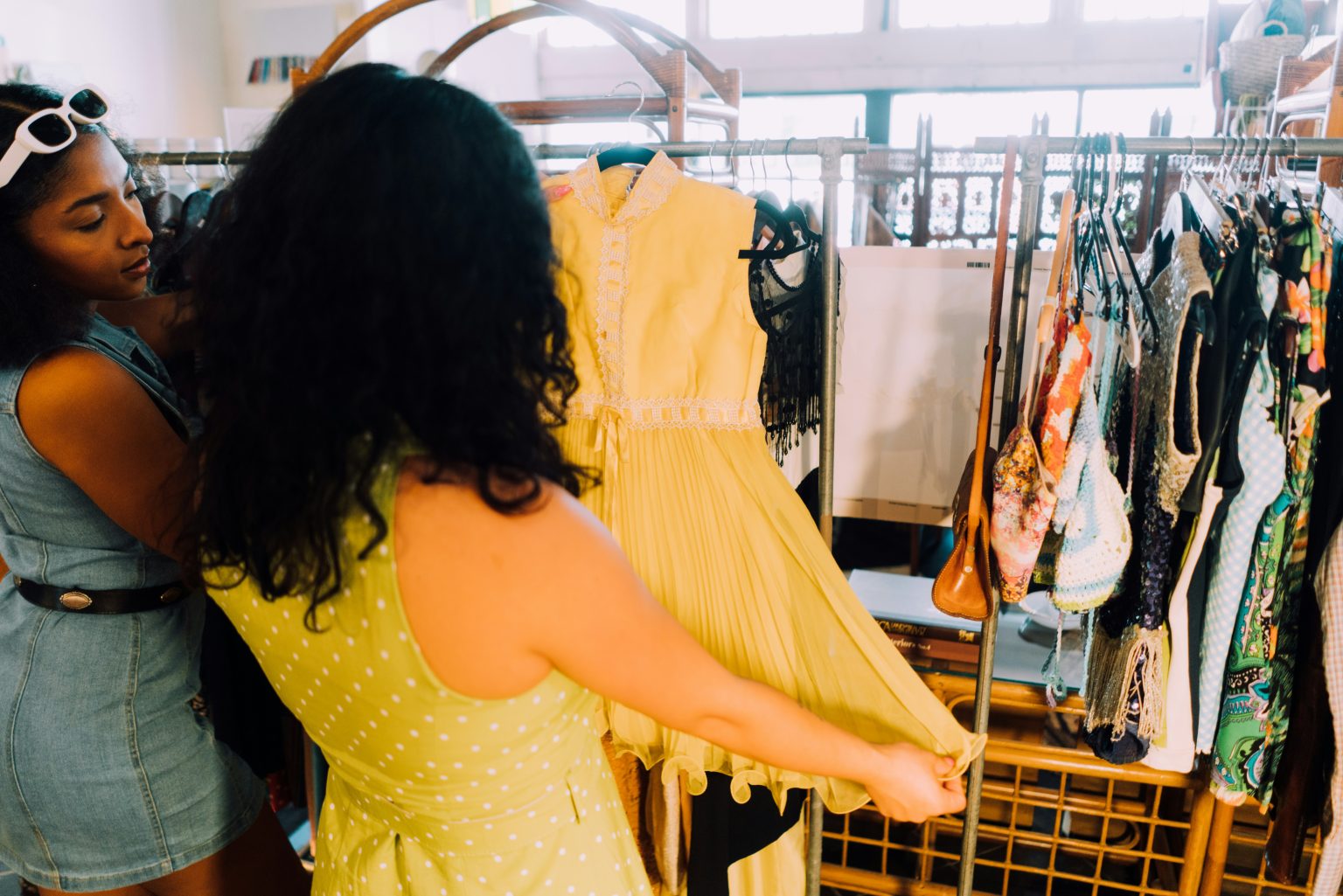Expert weighs in on the common red flags thrifting enthusiasts should watch out for to avoid getting scammed
Key Points:
- eCommerce expert gives 10 must-do’s to avoid getting scammed, like examining listing photos and conducting your own market research
- Red flags on Vinted, Facebook Marketplace, and Depop include blurry photos, vague descriptions, and little to no reviews
- Expert recommends staying vigilant and informed to get the most out of your online thrifting experience
Platforms like Vinted, Facebook Marketplace, and Depop have become go-to destinations for savvy shoppers seeking affordable items in a sustainable way. These marketplaces can be a goldmine of pre-loved clothing, electronics, furniture, and more, all at a fraction of the cost of new products.
While buying secondhand is a great way to save money, for many it’s also a conscious choice to contribute to a more sustainable lifestyle.
“As the popularity of these platforms grows, so does the risk of falling victim to scams,” says Jonathan Kiekbusch, an eCommerce expert at SwishDM, a UK-based digital marketing agency. “There are countless stories of buyers purchasing a designer handbag or vintage jacket and receiving a cheap imitation instead—or worse, an empty box.”
For new and experienced thrifters alike, the team at SwishDM have compiled a list of tips and reminders to help shoppers identify authentic listings and ward off fraudulent sellers.
10 Tips To Avoid Second-hand Scams
- Scrutinize the price
- Why It’s Important: If a deal seems too good to be true, it likely is. Authentic, high-demand brands at rock-bottom prices should raise suspicion.
- Pro Tip: Research the average resale value of similar items to spot anomalies.
“Taking the time to do your research can give you a better idea of what the norm is across the board, leaving you less vulnerable to scammers,” says Jonathan.
- Examine the photos
- What to Look For: Clear, well-lit, and detailed images that show multiple angles of the item, including close-ups of brand tags, logos, and any serial numbers.
- Red Flag: Stock photos, low-quality and pixelated images, or photos that appear to be lifted from other websites.
- Read descriptions carefully
- Why It Matters: Genuine sellers provide detailed and specific descriptions, including measurements, condition, and any defects or signs of wear.
- Red Flag: Vague or generic descriptions that lack essential details about the item.
- Communicate directly with the seller
- Ask Questions: A genuine seller will be responsive and willing to provide additional information or photos if requested.
- Red Flag: Sellers who dodge questions, refuse to provide extra details, or seem overly defensive.
“Also watch out for repetitive or robotic language,” advises Jonathan. “It’s often a telltale sign that you’re dealing with a bot, not a real person.”
- Check seller ratings and reviews
- Why It’s Useful: Positive reviews and high ratings often indicate trustworthy sellers.
- Red Flag: New accounts with no feedback or sellers with a history of complaints.
- Be cautious with payment methods
- Stick to Platform Payments: Always use the app’s payment system for protection.
- Red Flag: Sellers insisting on direct payment methods like PayPal Friends & Family or bank transfers, which offer no buyer protection.
“Secure payment systems are there for your protection—don’t let convenience outweigh your safety,” says Jonathan.
- Verify brand authenticity
- How to Spot Fakes: Familiarise yourself with the brand’s unique features, like specific stitching patterns, logo placements, or tags.
- Pro Tip: Use online guides or authenticity checkers for popular brands.
- Understand platform policies
- Buyer Protection: Both Vinted and Depop offer refund processes and buyer guarantees, ensuring that if an item turns out to be fake or incorrectly described, you can file a claim and receive a refund after the issue is verified..
- Pro Tip: Read up on the platform’s policies on refunds and guarantees before purchasing.
- Avoid rushed transactions
- Why It’s a Concern: Scammers may pressure you to act quickly, claiming the item is in high demand.
- Pro Tip: Take your time to evaluate the listing and communicate with the seller.
- Trust your gut
- Gut Check: If something feels off about the listing, seller, or transaction, it’s better to walk away.
- Pro Tip: There are always more listings—don’t settle for something that raises doubts.
“Never let the promise of a ‘bargain’ blind you to the warning signs of a scam—trust your instincts and your research,” says Jonathan.
Jonathan Kiekbusch, eCommerce expert at SwishDM, commented:
“In recent years, the world of secondhand shopping on platforms like Vinted and Depop has exploded in popularity, offering treasure hunts for affordable, one-of-a-kind finds. But as with any marketplace, knowing how to shop smartly is key to avoiding scams and making sure your purchases are the real deal.
“It’s important to remember that not every listing is as perfect or authentic as it may seem at first glance. If you’re diving into the secondhand world, I recommend doing your homework: scrutinize listings, ask the right questions, and get familiar with platform policies to safeguard your purchases or seek out help when necessary. By staying proactive and informed, you’ll navigate the market with confidence and make the most of every secondhand gem you unearth.”


